The effort to remake higher education institutions into entrepreneurship and innovation hubs has escalated like a Cold War arms race. The promised payoffs of this innovation drive are institution-wide and community-deep: building relationships, aligning the institution, and preparing the organization as well as its students for transformational change. But how do you create space that can be messy and nonlinear in an institutional culture that is steeped in tradition, standards, and rules? It may be that pursuing effective university-driven innovation programs and facilities will involve equally innovative strategic approaches to design and development—for example, decoupling innovation centers from any single departmental steward and, perhaps, from institutional ownership overall.
Planning for places that foster effective innovation is still an emerging process, but the constant pressure on universities to do so continues from two of their key institutional constituencies—students and employers.
Generations Y and Z—and the expectations of their parents— are primarily sparking the innovation drive on campus. As the most digitally connected group in history, Generation Z students are preconditioned to massive disruption and uncertainty. Concerned that traditional career approaches cannot be trusted, they are highly motivated to build innovation skills and exercise their entrepreneurial interests— perhaps even more than their Generation Y predecessors.
The second group driving the growth of university innovation centers is the marketplace of corporate employers who recruit on campus. They require a workforce of more agile thinkers who can apply an owner’s mind-set and work ethic to ever-shifting market needs. More than ever, employers are evaluating job candidates on more than just grades— they want students who demonstrate leadership, critical thinking, and communication skills.
Colleges and universities are the natural connecting point for these trends. In the competition to demonstrate innovation mastery, university faculty and pedagogy need supporting infrastructure and technology. Campus design and architecture will be the prime catalysts for transforming universities into our society’s engines of growth.
BREAKING DOWN SILOS TO FOSTER INNOVATION AT CLEMSON UNIVERSITY
Clemson University’s Watt Family Innovation Center (WFIC) demonstrates the results of an intentionally nontraditional planning decision that has influenced the program’s success to date. The institution determined that no one college or department should “own” the center, which is—practically and symbolically—situated in neutral territory near the very center of the Clemson campus. The center’s independence frees it to bring together a diverse set of students to collaborate and innovate and to serve as a powerful cross-university resource.
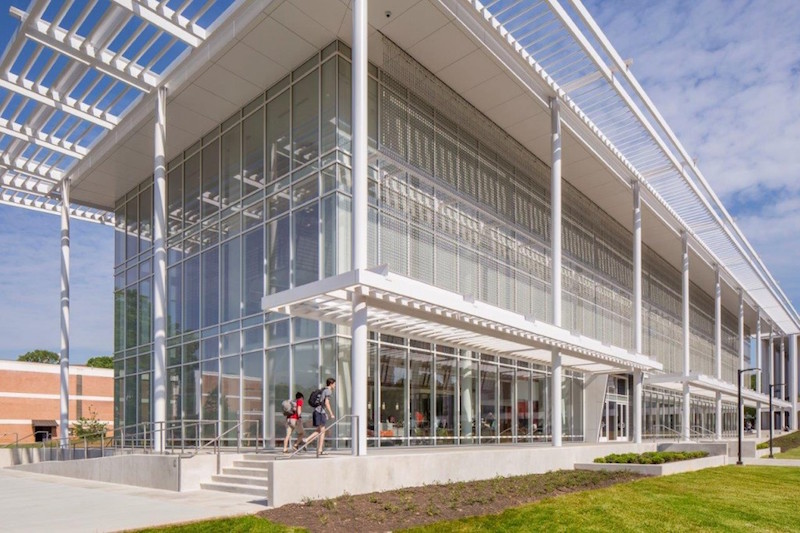 Courtesy of Perkins+Will
Courtesy of Perkins+Will
Clemson gave the design team behind the WFIC the imperative to foster “engaged learning” and showcase the university’s Creative Inquiry program. The program provides faculty, students, and the broader community a hands-on, interactive, engaged learning environment in which to collaborate on real-world projects ranging from aquaculture to bioengineering, digital media to industrial engineering. The WFIC also serves as a highly visible unifying force for the myriad innovation programs percolating at Clemson including the Clemson Innovation Network, the Design and Entrepreneurship Network, and the Arthur M. Spiro Institute for Entrepreneurial Leadership.
With the goal of elevating the impact and reputation of Clemson’s research, innovation, and creativity, the center’s oversized windows and ultra-modern open space provide a dynamic sense of transparency. Its easily movable furnishings, reconfigurable partitions, powered-over-Ethernet lighting, and high-speed virtual network connections provide the flexibility necessary to scale, pivot, and advance innovation. The WFIC is also configured with $12 million in advanced audio/ visual technology to allow students, faculty, and leaders from industry and government agencies to collaborate, generate big ideas, and solve complex problems.
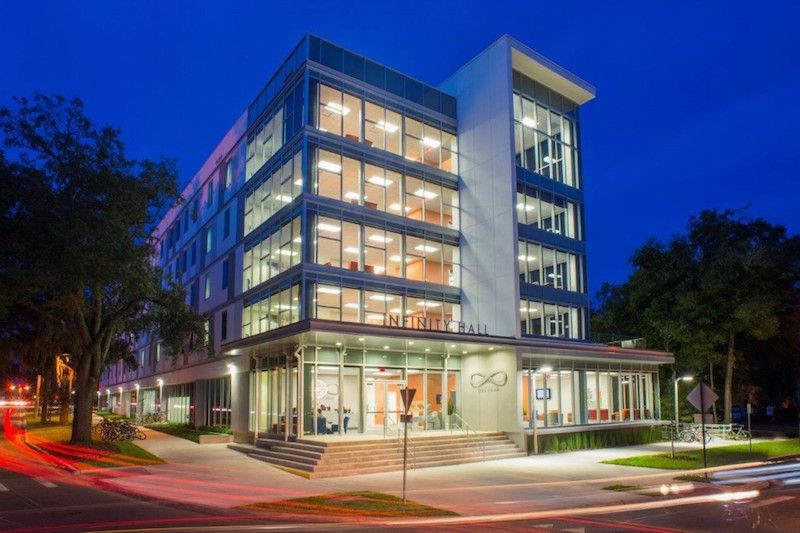 Courtesy of Perkins+Will
Courtesy of Perkins+Will
CREATING INNOVATIVE POSSIBILITIES THROUGH UNIQUE PARTNERSHIP AT THE UNIVERSITY OF FLORIDA
The University of Florida (UF) has taken a different approach to cultivating innovation and entrepreneurship for tomorrow’s students. It has taken on the role of city builder.
Nestled between the university campus and downtown Gainesville, UF’s Innovation Square is a 40-acre urban master plan for a modern live/work/play research and innovation community intended to link university research with commercial opportunity and lure smart, young talent to the campus and community.
The new Infinity Hall is billed as an “Entrepreneurial Living Learning Community,” a five-story, 97,000-square-foot combination dorm and new venture incubator for over 300 students. While Infinity Hall is open to all UF undergraduates, it is especially focused on housing Innovation Academy participants. Innovation Academy is a four-year undergraduate program in which students can combine any one of 30 majors with a minor curriculum emphasizing creativity, entrepreneurship, leadership, and innovation.
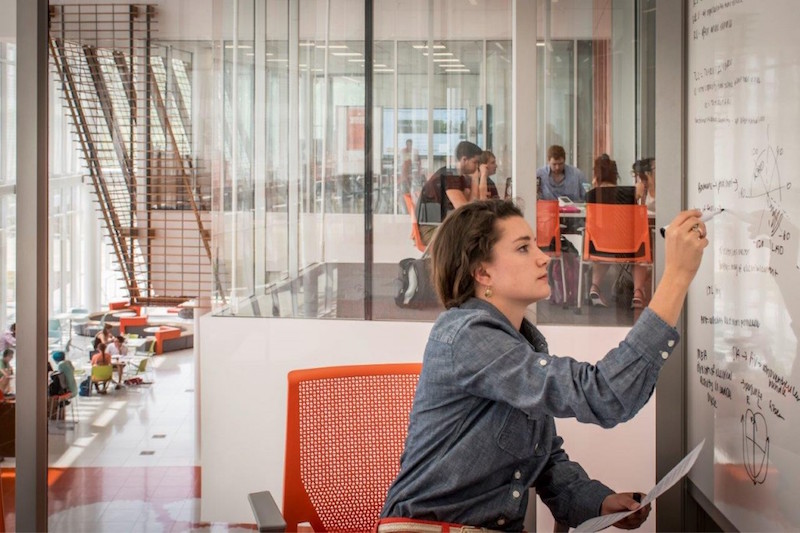 Courtesy of Perkins+Will
Courtesy of Perkins+Will
The desire for housing that fostered innovation and entrepreneurship, in addition to serving as a source of funding, took the Infinity Hall project out of the traditional university planning process. Infinity Hall was conceived as a public-private partnership located off-campus in Innovation Square. This approach freed the facility from the constraints on entrepreneurial space usage that would have existed if UF went with standard state bond financing, direct ownership, and on-campus development.
Opening space on Infinity Hall’s first floor to allow nonresidents to provide relevant services was an important part of the project. The public-private partnership scenario made it easier for the Infinity Hall team to get the right kind of support needed to make this hybrid education-entrepreneurship, living-learning space succeed. While many of these components were developed internally, many others were realized with the help of commercial partners or other departments at the university.
Further, locating the facility within Innovation Square directly addressed a standard challenge for university planners: how to adequately address the “town and gown” issues involved in relating to the community, especially at the edges of campus. Infinity Hall serves as another level of bridge between UF and other parts of the Gainesville community.
DELIVERING ON PROMISED PAYOFFS
The significant number of students who are deeply engaged in their work in the space is the biggest proof of success for both the Clemson and University of Florida facilities. In its first full semester, the Watt Family Innovation Center is home to at least 60 different courses representing 29 academic departments across all of Clemson’s colleges. There are more than 3,000 Clemson students taking courses in the center and still more students using the small team rooms and collaboration areas in the hallways.
At the University of Florida, Infinity Hall has seen similar immediate success. Last August, for instance, two freshmen who met for the first time as residents of Infinity Hall launched Peru+You, a food product company representing Peruvian culture, beginning with their own brand of Canchita—a corn kernel product—that they now sell at local farmers’ markets as they pursue online and retail distribution.
With success stories like these, it is safe to say that tomorrow’s students are responding positively to the bets placed by major colleges and universities on innovation and entrepreneurship. Equally encouraging is how these institutions are thinking like entrepreneurs themselves: fully using all the resources at their disposal—including their physical and facility assets—and breaking free of prior planning paths to accomplish big goals and become engines for growth.
To read the full article, visit the Society for Campus and University Planning.
Related Stories
Cladding and Facade Systems | Oct 26, 2021
14 projects recognized by DOE for high-performance building envelope design
The inaugural class of DOE’s Better Buildings Building Envelope Campaign includes a medical office building that uses hybrid vacuum-insulated glass and a net-zero concrete-and-timber community center.
Higher Education | Sep 30, 2021
How design can support student wellness on higher ed campuses
Over the last year, the pandemic has spotlighted the importance of promoting student well-being through a holistic system of environments and resources.
Laboratories | Aug 31, 2021
Pandemic puts science and technology facilities at center stage
Expanding demand for labs and life science space is spurring new construction and improvements in existing buildings.
Giants 400 | Aug 30, 2021
2021 Giants 400 Report: Ranking the largest architecture, engineering, and construction firms in the U.S.
The 2021 Giants 400 Report includes more than 130 rankings across 25 building sectors and specialty categories.
Higher Education | Aug 30, 2021
The University of Texas at San Antonio combines its colleges of engineering and architecture
LPA Architects’ local office pushed for this to better prepare students to meet climate change challenges.
Giants 400 | Aug 26, 2021
2021 University Giants: Top architecture, engineering, and construction firms in the higher education sector
Gensler, AECOM, Turner Construction, and CannonDesign head BD+C's rankings of the nation's largest university sector architecture, engineering, and construction firms, as reported in the 2021 Giants 400 Report.
Resiliency | Aug 19, 2021
White paper outlines cost-effective flood protection approaches for building owners
A new white paper from Walter P Moore offers an in-depth review of the flood protection process and proven approaches.
Contractors | Jul 23, 2021
The aggressive growth of Salas O'Brien, with CEO Darin Anderson
Engineering firm Salas O'Brien has made multiple acquisitions over the past two years to achieve its Be Local Everywhere business model. In this exclusive interview for HorizonTV, BD+C's John Caulfield sits down with the firm's Chairman and CEO, Darin Anderson, to discuss its business model.
Daylighting Designs | Jul 9, 2021
New daylighting diffusers come in three shape options
Solatube introduces its newest technology innovation to its commercial product line, the OptiView Shaping Diffusers.
Resiliency | Jun 24, 2021
Oceanographer John Englander talks resiliency and buildings [new on HorizonTV]
New on HorizonTV, oceanographer John Englander discusses his latest book, which warns that, regardless of resilience efforts, sea levels will rise by meters in the coming decades. Adaptation, he says, is the key to future building design and construction.


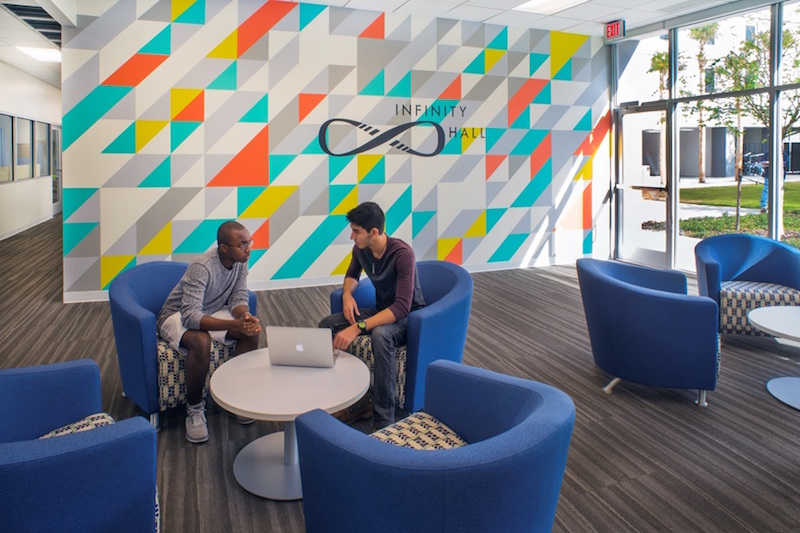

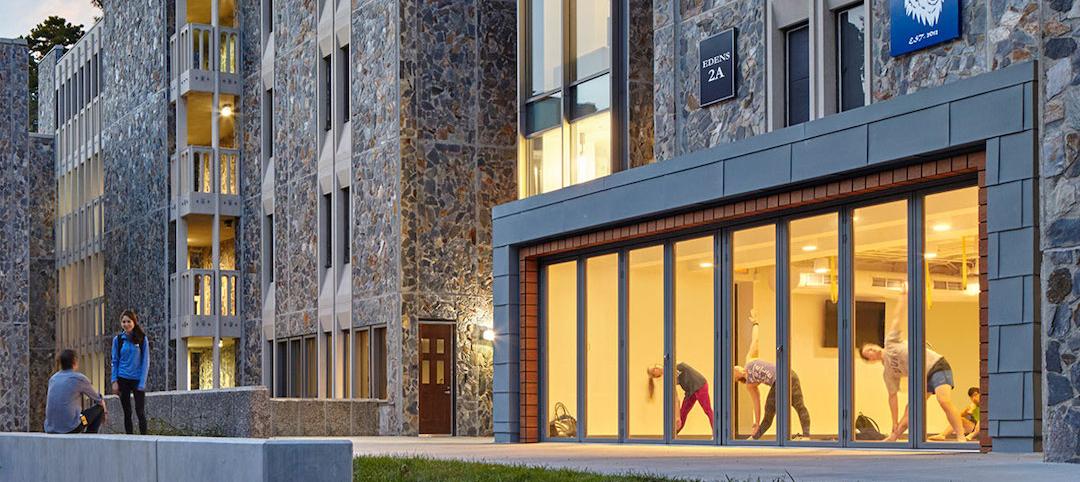


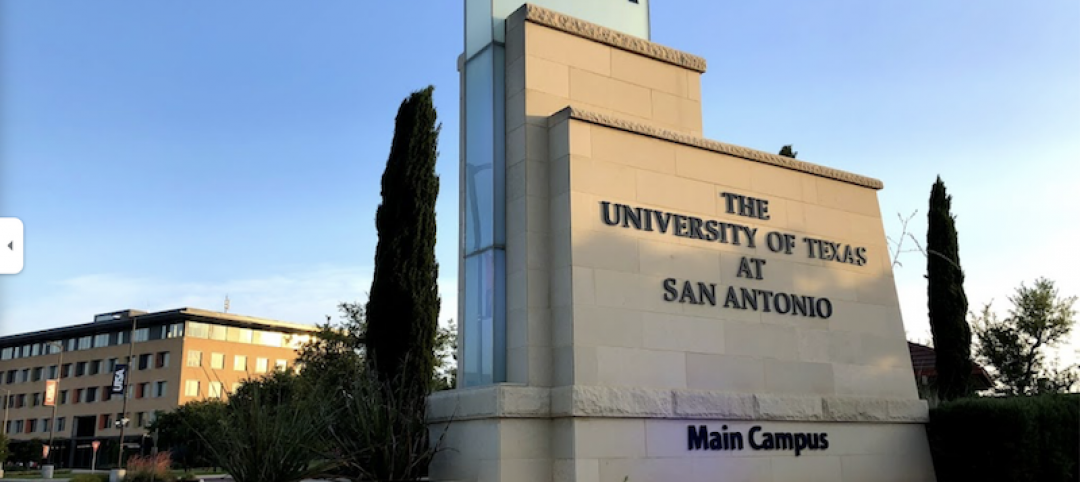
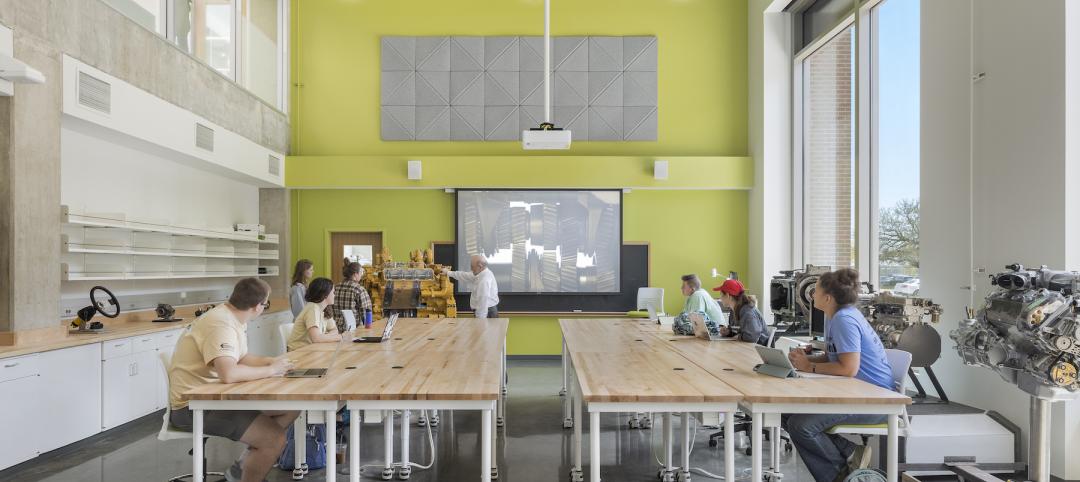



![Oceanographer John Englander talks resiliency and buildings [new on HorizonTV] Oceanographer John Englander talks resiliency and buildings [new on HorizonTV]](/sites/default/files/styles/list_big/public/Oceanographer%20John%20Englander%20Talks%20Resiliency%20and%20Buildings%20YT%20new_0.jpg?itok=enJ1TWJ8)




